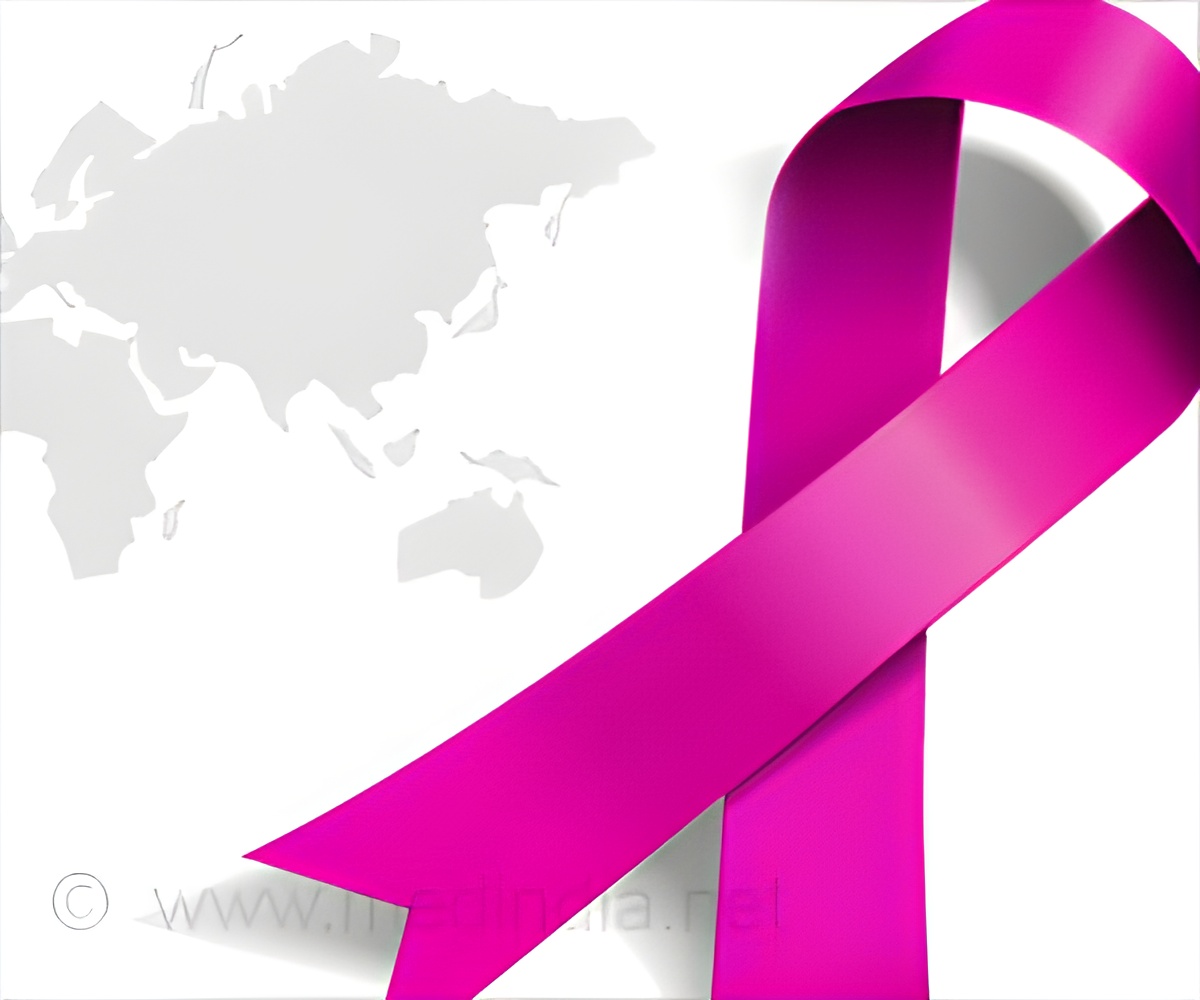
‘New cases of a particular type of eyelid cancer (squamous cell carcinoma) have risen steadily over the past 15 years in England.’
Tweet it Now
At least a quarter of all cases of cancer originate in skin cells, with squamous cell cancer (SCC) the second most common skin malignancy. Although not considered a high risk cancer, because it is rarely invasive and tends not to spread, it behaves differently in the head and neck regions, say the researchers.
And eyelid SCC has a particularly high risk of causing disfigurement, functional problems, and occasionally death if it spreads to the brain, eyeball, or other tissues in the face.
To find out trends in the UK, the researchers mined data submitted to one of the UK National Cancer Registration and Analysis Services, which record new cases of cancer in each of the four UK countries.
They looked at new cases of SCC of the eyelid, diagnosed only in England between 2000 and 2014. These totalled 4022 during this period.
Advertisement
But even after factoring in these trends, the rate of SCC eyelid cancers still increased by an annual 2 percent--equivalent to 0.0137 extra cases per 100,000 of the population/year. And this cannot be explained simply by a rising proportion of elderly people in the population, say the researchers.
Advertisement
"The reason for the strong association between eyelid SCC and age is likely to be due to cumulative exposure to environmental risk factors including UV radiation and iatrogenic [medically induced] causes, such as the use of systemic immunosuppression to treat autoimmune disease and prevent rejection of solid organ transplants," suggest the researchers.
But the reasons behind the gender differences in rates are less clear, they say. It may be behavioural, with men more likely to be exposed to sunlight, or it might even be that the female hormone oestrogen is protective, as has been suggested by other researchers.
Source-Eurekalert















